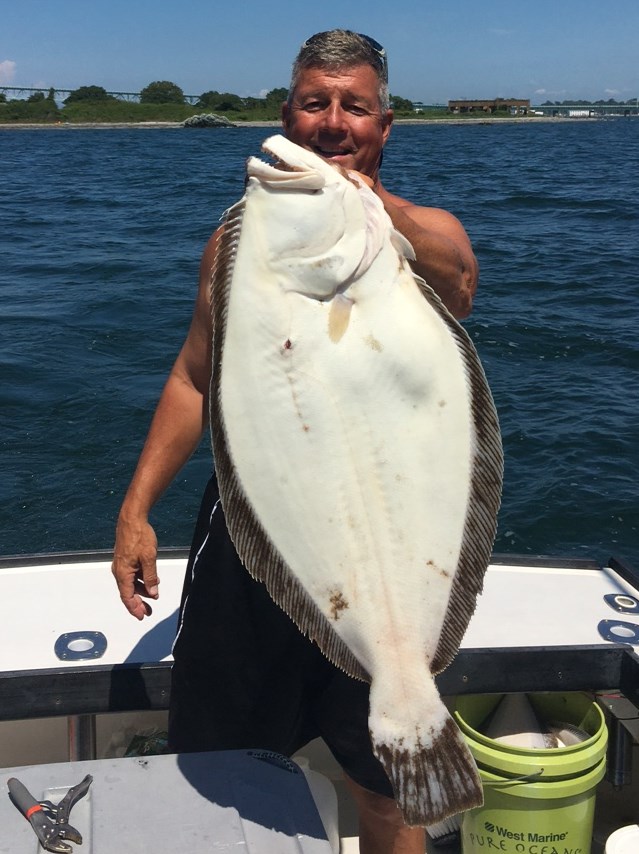

Leggio what his favorite deepwater fluke rig was he responded, “I like a single Spro Prime bucktail jig from 1.5 to 4 ounces, depending on the depth, current and sea conditions. Joey prefers 30-pound braid over lighter lines since he is fishing a lot of structure consisting of concrete and rebar, steel wrecks or scrap. The larger spools don’t have that curly “set” you get from smaller spools.
#Fluke fishing plus#
To this he attaches a 40-pound section of Quattro Plus 40-pound leader that he takes off a large bulk spool. Joey’s personal fluke gear consists of 6.5-foot and 7-foot Daiwa Proteus trigger grip rods in either light or medium action, combined with a Daiwa Lexa 300 baitcasting reel spooled with 30-pound braid. He prefers conventional outfits for his deep water fluke fishing, which is focused in 60- to 90-foot depths, working reefs, rock piles and the edges of numerous inshore wrecks that dot the New York Bight area. Joey Leggio of Chasin’ Tails TV and Fish_Long_ skippers a relatively petite 20-foot Maritime Skiff, but is one of the top fluke anglers on Long Island’s west end. Joey Leggio with a big fluke he pulled from an ocean reef on a live cunner.Ĭapt. I spoke with five of the sharpest knives in the drawer to get some additional perspectives for this piece, so let’s hear what the “reel” experts have to say before I share some of my advice.
#Fluke fishing how to#
Sometimes the best way to learn how to do something is to talk to the charter boat captains and sharpies who do it more often than you.

The author putting the pressure on a bottom-hugging doormat. Keeping your baits or lures in the target zone, while dealing with a combination of wind, current, tide and wave action, will really challenge your angling and boating skills.

If you think that fishing in 15- to 30-foot waters chugging through an inlet at different stages of the incoming or outgoing tide was a challenge, wait until you get out to deeper waters. This article is dedicated to targeting fluke in 60- to 120-foot depths, so buckle up and let’s get down to the bottom of it all. Instead they are heading out towards deeper waters. As a result, an increasing number of folks are expanding their search beyond traditional places that have produced in the past, like inlets, estuaries and back bays. With another fluke season upon us, many anglers find themselves culling through many undersized fish in search of a few fish to take home for the dinner table. Tired of culling through dozens of shorts to find a keeper? Put these tactics to work to improve the quality of your fluking.


 0 kommentar(er)
0 kommentar(er)
